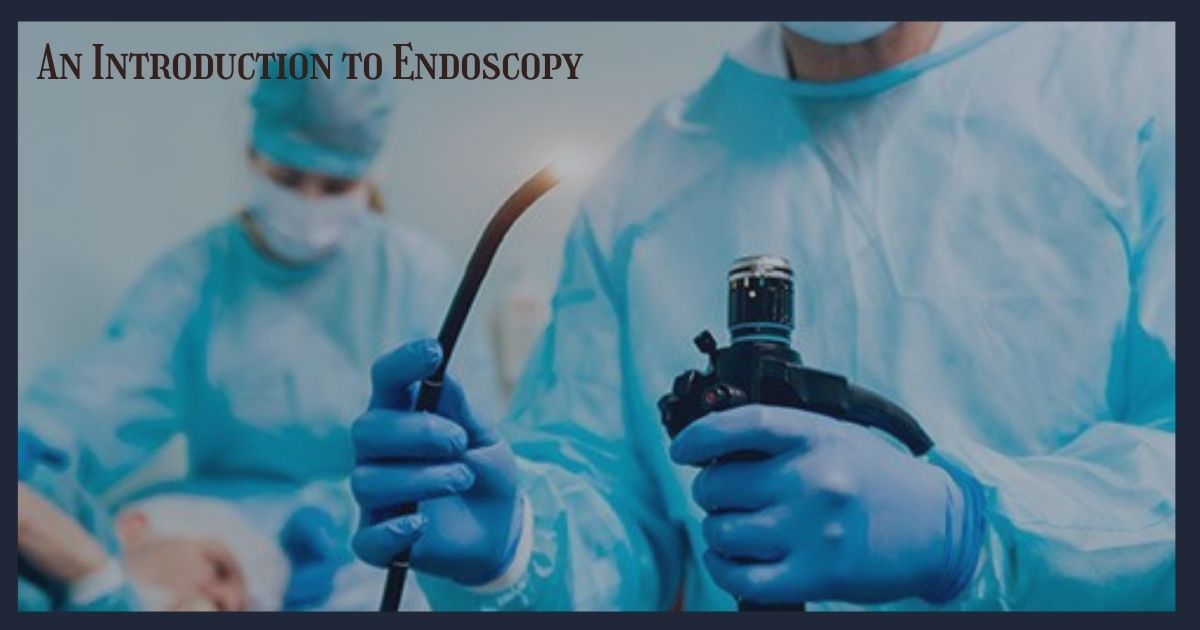An Introduction to Endoscopy
When we visit a doctor for some ailments sometimes the doctor would prescribe to undergo a procedure called endoscopy. “Endo” means Inner or inside and “Scopy” means view. Most of us have a faint idea that endoscopy is a procedure where a tube is inserted into our mouth and it would be a dreadful procedure. Is there any truth to it? What is endoscopy and what are the benefits of an endoscopy?
What is an endoscopy?
As said, it is a procedure where a tube with a camera in the tip is inserted patient’s esophagus or anus to examine the inner tissues of the gastric tract closely. Patients who are anxious are sedated before the endoscopy procedure is performed. The patient might feel discomfort but there is hardly any pain. Hence endoscopy is not a dreadful procedure at all.
What are the types of endoscopy?
Broadly speaking, the two most common types of endoscopies are Upper GI endoscopy and Colonoscopy. Apart from this, there are many other types of endoscopies like bronchoscopy, cystoscopy, enteroscopy, hysteroscopy, laparoscopy, laryngoscopy, mediastinoscopy, sigmoidoscopy, thoracoscopy, etc.
If the tube is inserted inside the patient’s esophagus, it is termed an Upper GI endoscopy. The procedure helps to diagnose and treat problems in the upper GI (gastrointestinal) tract. The upper GI tract includes the food pipe (esophagus), stomach, and the early part of the small intestine (the duodenum).
If the tube is inserted inside the patient’s anus, it is termed as Colonoscopy. The procedure helps to diagnose and treat problems in the lower GI (gastrointestinal) tract. The lower GI tract includes the colon, rectum, and anus.
Who all are indicated for the endoscopy procedure?
Generally speaking, endoscopy procedures are advised by doctors for any patients of any age group if the doctor suspects anything. The recommendation may be elective or emergency and the procedure can be used for diagnostic purposes and in some cases, for treatment (therapeutic) purposes also.
People who complain of abdomen pain, persistent heartburn who do not experience relief with any medicines, acid reflux conditions, vomiting blood, tar or black-colored stool, loss of appetite, unexplained weight loss, etc, are common indications for upper GI endoscopy. Patients with conditions like blood in the motions, weight loss, chronic constipation, IBD, IBS, polyps, are the common indications for colonoscopy procedures. Though there are other reasons, the above said reasons are common indications for endoscopy procedures.
Patients with a family history of certain diseases like cancer, polyps, etc can screen themselves periodically with endoscopy procedures.
There is no clear guideline for a specific age to have the first screening endoscopy to find out whether or not a patient may have Barrett’s esophagus or cancerous precursor lesions, although many experts recommend ages 40 to 50.
Patients with persistent heartburn who do not experience relief with medication also should consider having an endoscopy. Chronic acid reflux causes Barrett’s esophagus and also is the leading risk factor for esophageal cancer. An endoscopy will help their doctor monitor any possible cancer growth so it can be removed early to increase their chances of living longer, healthy lives. If the procedure demands a piece of affected tissue for further biopsy diagnosis it is pinched out to take a biopsy.
How long does an endoscopy procedure take to complete?
The average time to perform a normal endoscopy is 2-5 minutes. If the endoscopic procedure is used for treatment procedures like stopping any internal bleeding, esophageal stenting, etc can take more time. Endoscopy procedures are safe and the risk of major complications is low. Patients may experience sore throat in case of upper GI endoscopy and a bloating sensation in case of colonoscopy after the procedure which usually resolves within a few minutes.
How often should patients have an endoscopy?
It depends on the condition diagnosed. For example, if the patient is diagnosed with Barrett’s esophagus, based on the complexity of the condition, it is recommended that the patient undergoes Upper GI Endoscopy every three to five years. So check with your doctor on how frequently you may require endoscopy procedures to be done.

